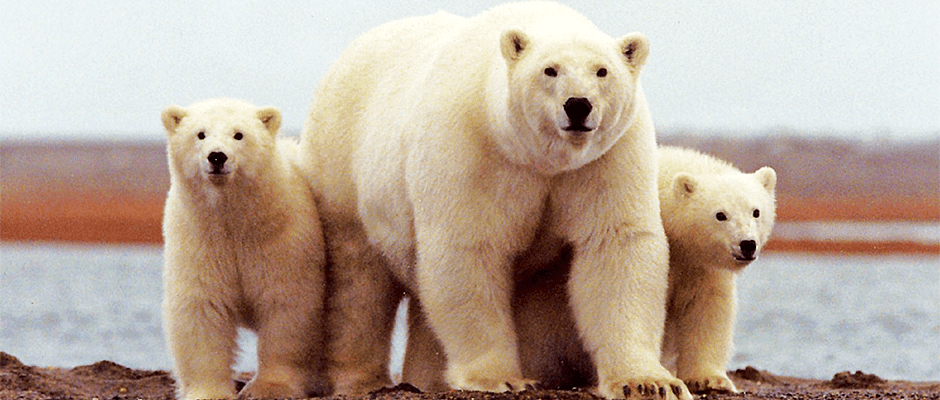Share this article
Emerging pollutants present serious risk to polar bears, study finds
For years, the polar bear (Ursus maritimus) has been the posterchild of climate change, but recent research reveals that the species also faces a serious threat from a host of new pollutants in the ecosystem. These environmental toxins, called persistent organic pollutants (POPs), occur at levels far higher than what’s safe for the animals, the study found, and they can particularly harm nursing cubs.
Researcher Sara Villa called for stricter laws to prevent these pollutants from contaminating the Arctic.
POPs overall have gradually declined in the Arctic since the 1980s due to international restrictions, the study showed, but the reduction has been slow, the risk remains high and the composition of POPs has changed as new chemicals have come into use in industrial processes around the world. Those new chemicals continue to put polar bears at risk.
“We have highlighted which compounds have the highest impact on polar bear health,” said Villa, a toxicologist with the Department of Earth and Environmental Sciences at the University of Milano Bicocca in Milano, Italy, and lead author of the paper published in Environmental Toxicology and Chemistry. “We have demonstrated that international regulation is very useful. Other compounds that can be classified as POPs should be restricted.”
The report describes POPs as pervasive, largely manmade chemicals, such as dioxins and polychlorinated biphenyls, which linger in the environment for a long time. They can travel a long way through air and water and be carried around the world by migratory species and industrial products and wastes. Over time, they can accumulate in organisms. Plenty of research had been conducted on the risks posed by POPs in the Arctic, Villa said, but her study, a literature review, was the first effort to quantify and rank the ecological risk of individual pollutants in the Arctic.
Examining data spanning four decades and covering a vast area of the Artic and sub-Arctic, Villa and colleagues estimated concentrations of 19 chemicals, including perfluorooctane sulfonate and polybrominated diphenyl ether, in animals atop the food chain. The researchers focused on ringed seals (Pusa hispida) consuming Arctic cod (Arctogadus glacialis), adult polar bears eating seals and cubs ingesting milk. The scientists determined that POPs posed a minimal risk to seals but appeared in levels far beyond what’s considered safe for adult bears. The risk was even greater for nursing cubs.
“I hope these findings accelerate the process of including these POPs in the list of banned chemicals,” said Villa, who is working on similar research on contaminants in the frigid, fragile montane ecosystems of the Alps. “The risks they pose may be high.”
Header Image: Polar bear and cubs in the summer in Alaska.








